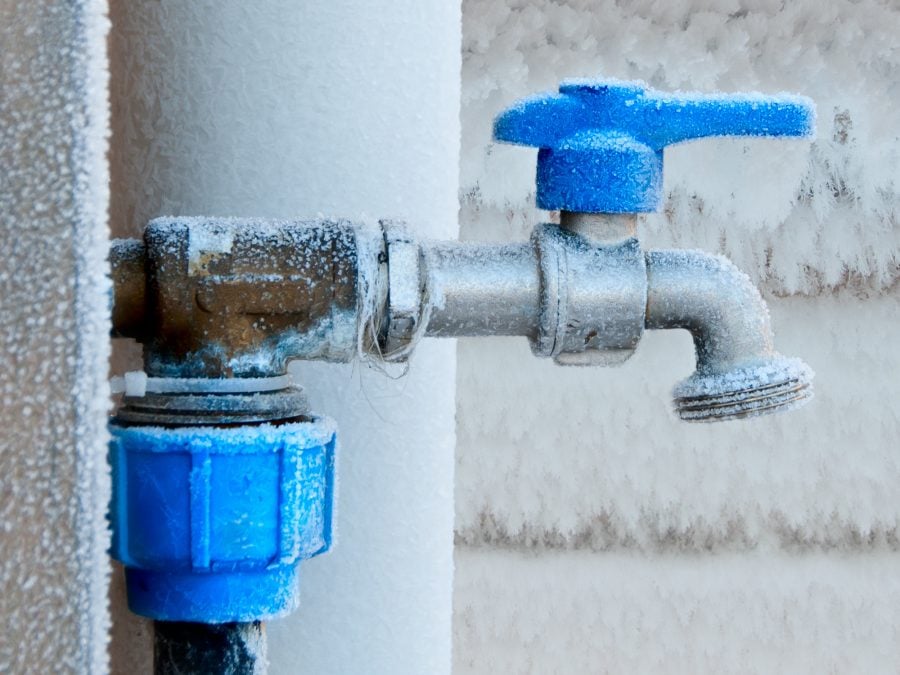Just how do you feel about How to Prevent Your Pipes From Freezing?

Cold weather can damage your pipes, especially by freezing pipes. Below's how to avoid it from happening and what to do if it does.
Intro
As temperature levels decrease, the threat of frozen pipelines increases, possibly resulting in costly repairs and water damage. Understanding how to prevent frozen pipelines is important for homeowners in cool climates.
Avoidance Tips
Protecting susceptible pipelines
Wrap pipelines in insulation sleeves or use warmth tape to secure them from freezing temperatures. Concentrate on pipelines in unheated or outside areas of the home.
Heating strategies
Maintain interior areas adequately heated, especially areas with pipes. Open cabinet doors to allow warm air to flow around pipes under sinks.
Exactly how to recognize frozen pipes
Seek lowered water circulation from taps, unusual smells or sounds from pipes, and visible frost on exposed pipes.
Long-Term Solutions
Structural changes
Consider rerouting pipes away from exterior walls or unheated locations. Include extra insulation to attic rooms, basements, and crawl spaces.
Upgrading insulation
Purchase premium insulation for pipes, attic rooms, and walls. Proper insulation helps keep constant temperatures and reduces the danger of frozen pipelines.
Protecting Outdoor Plumbing
Garden hose pipes and outside faucets
Disconnect and drain garden hoses before winter. Mount frost-proof faucets or cover outdoor faucets with protected caps.
Comprehending Icy Pipelines
What triggers pipelines to freeze?
Pipelines ice up when subjected to temperature levels listed below 32 ° F (0 ° C) for extended durations. As water inside the pipelines ices up, it broadens, taxing the pipeline wall surfaces and possibly triggering them to rupture.
Dangers and damages
Icy pipelines can lead to water system disruptions, home damages, and expensive fixings. Burst pipelines can flooding homes and create considerable structural damages.
Signs of Frozen Piping
Recognizing icy pipelines early can avoid them from bursting.
What to Do If Your Pipes Freeze
Immediate activities to take
If you think frozen pipelines, maintain faucets open up to soothe pressure as the ice thaws. Make use of a hairdryer or towels soaked in hot water to thaw pipelines gradually.
Verdict
Stopping icy pipes calls for aggressive procedures and quick actions. By comprehending the reasons, indications, and safety nets, house owners can secure their plumbing during cold weather.
5 Ways to Prevent Frozen Pipes
Drain Outdoor Faucets and Disconnect Hoses
First, close the shut-off valve that controls the flow of water in the pipe to your outdoor faucet. Then, head outside to disconnect and drain your hose and open the outdoor faucet to allow the water to completely drain out of the line. Turn off the faucet when done. Finally, head back to the shut-off valve and drain the remaining water inside the pipe into a bucket or container. Additionally, if you have a home irrigation system, you should consider hiring an expert to clear the system of water each year.
Insulate Pipes
One of the best and most cost-effective methods for preventing frozen water pipes is to wrap your pipes with insulation. This is especially important for areas in your home that aren’t exposed to heat, such as an attic. We suggest using foam sleeves, which can typically be found at your local hardware store.
Keep Heat Running at 65
Your pipes are located inside your walls, and the temperature there is much colder than the rest of the house. To prevent your pipes from freezing, The Insurance Information Institute suggests that you keep your home heated to at least 65 degrees, even when traveling. You may want to invest in smart devices that can keep an eye on the temperature in your home while you’re away.
Leave Water Dripping
Moving water — even a small trickle — can prevent ice from forming inside your pipes. When freezing temps are imminent, start a drip of water from all faucets that serve exposed pipes. Leaving a few faucets running will also help relieve pressure inside the pipes and help prevent a rupture if the water inside freezes.
Open Cupboard Doors
Warm your kitchen and bathroom pipes by opening cupboards and vanities. You should also leave your interior doors ajar to help warm air circulate evenly throughout your home.

We hope you liked our piece about Preventing and dealing with frozen pipes. Thank you so much for spending some time to browse our blog. Enjoyed reading our write-up? Please quickly share it. Help others find it. Thanks a bunch for your time. Come back soon.
Get Quote Now